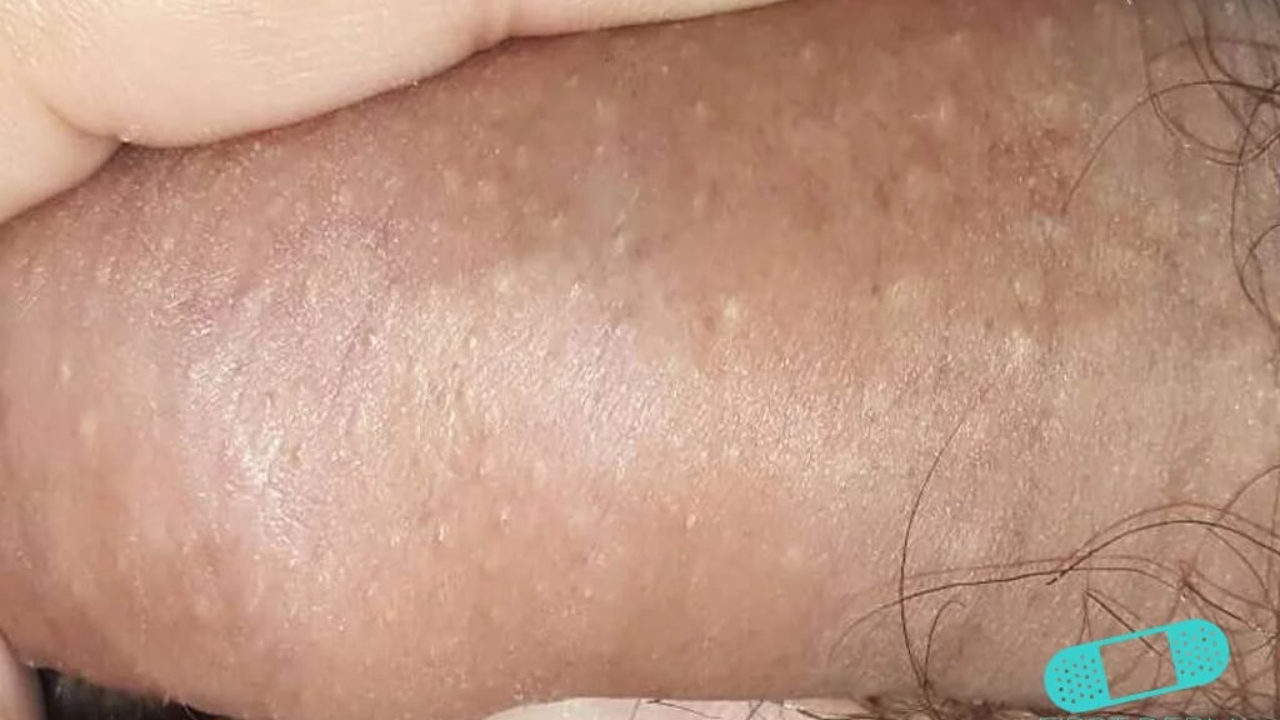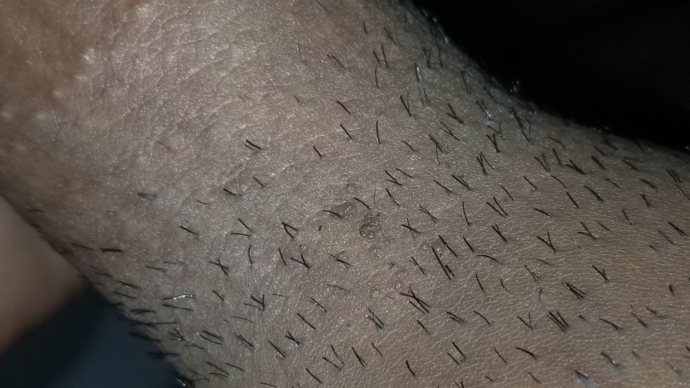

#Tiny white dots on penis shaft skin
Recently, pulsed dye laser has been found to be an appropriate, effective, and nonablative method of treatment.Bumps on or around the penis are common and can be caused by a variety of skin conditions, allergies, external factors, or STDs. Options include ablative as well as fractional lasers, electrodesiccation with curettage, excisional surgery, cryotherapy. However, some patients do not accept the condition and seek treatment. Masterly inactivity along with counseling regarding the benign nature of the condition is the best treatment modality which can be offered to the patients. However, less perivascular and periadnexal fibrosis, considered another characteristic of adenoma sebaceum, is less prominent. Adenoma sebaceum (associated with tuberous sclerosis), oral fibroma, subungual and periungual fibroma, fibrous papule of the nose (face), and acquired acral angiofibroma are the other examples of cutaneous angiofibromas which have been given distinct nomenclatures based on distinctive clinical presentation despite the fact that they share similar histopathology findings. The epidermis in PPP shows orthokeratosis, hypergranulosis, and increased size and number of epidermal melanocytes with muted rete ridges. Elastic and reticular fibers are absent and a sparse infiltrate of mast cells, plasma cells, lymphocytes, and histiocytes may be present in the papillary dermis. Histopathology is diagnostic and it reveals thin-walled ectatic dermal blood vessels in the background of proliferation of plump spindle-shaped stellate fibroblasts which corroborates with a diagnosis of angiofibroma. The common clinical differentials include condyloma acuminata, molluscum contagiosum, lichen nitidus and ectopic sebaceous glands.

The lesions do not bear any importance in sexual activity but often, they pose a tremendous anxiety to sexually active patients compelling them to seek medical consultations. Of note, human papillomavirus (HPV) has been shown to be absent in PPP lesions. In addition to this, the papules are found to regress following circumcision. However, they are common in uncircumcised males. The pathogenesis behind their development is not clear yet. The incidence of PPP reportedly ranges from 8% to 48% of male population.

However, the lesion has been described in younger patients too. PPP are most commonly found in men between the ages of 20 and 40 years and they regress with age. Our case had ectopic lesions on the shaft of the penis, but he had classical PPP lesions on corona too. Such ectopic lesions are usually associated with typical coronal lesions, but may be the isolated finding on rare occasions. Lesions on the shaft of the penis are extremely rare. Uncommonly, lesions may extend onto the glans penis. PPP usually presents as one or several rows of small, flesh-colored, smooth, dome-topped to filiform papules (1 to 3 mm in size) situated circumferentially around the corona or sulcus of the glans penis however, the lesions are most prominent on dorsal surface and show a tendency to fade somewhat as they approach the frenulum. Vestibular papillomatosis is considered to be female equivalent of PPP and appears as diffuse granular papules or finger-like projections that are symmetrically distributed over the inner labia minora and vaginal introitus.

Some authors consider these lesions as vestigial remnants of penile spines, which are found in the same location in other primates and contributes to sexual pleasure and quicker orgasms. Pearly penile papules (PPP), also known as papillomatosis corona penis, Tyson's glands, corona capilliti, Hirsuties coronae glandis and hirsutoid papillomas, are now accepted as normal (physiological) variation of penis and are angiofibroma histopathologically.


 0 kommentar(er)
0 kommentar(er)
